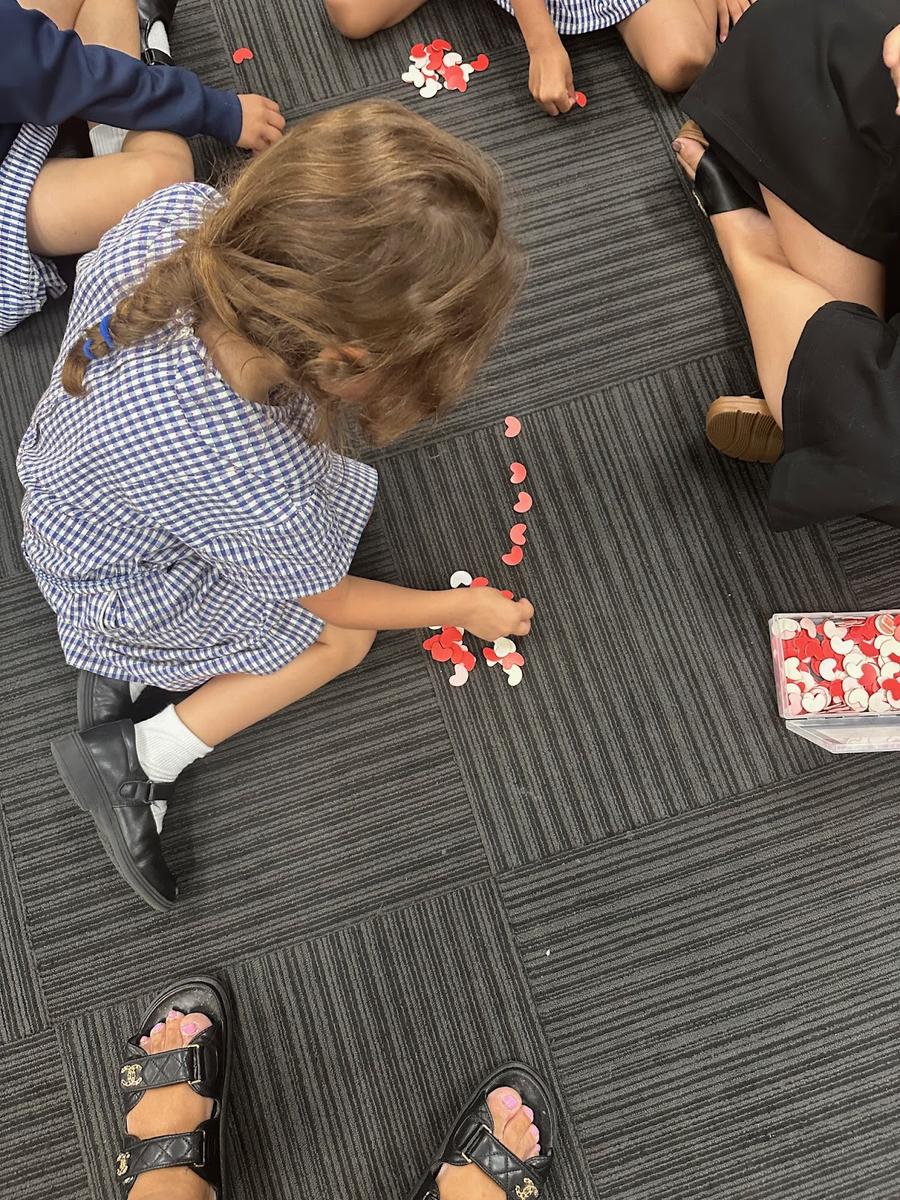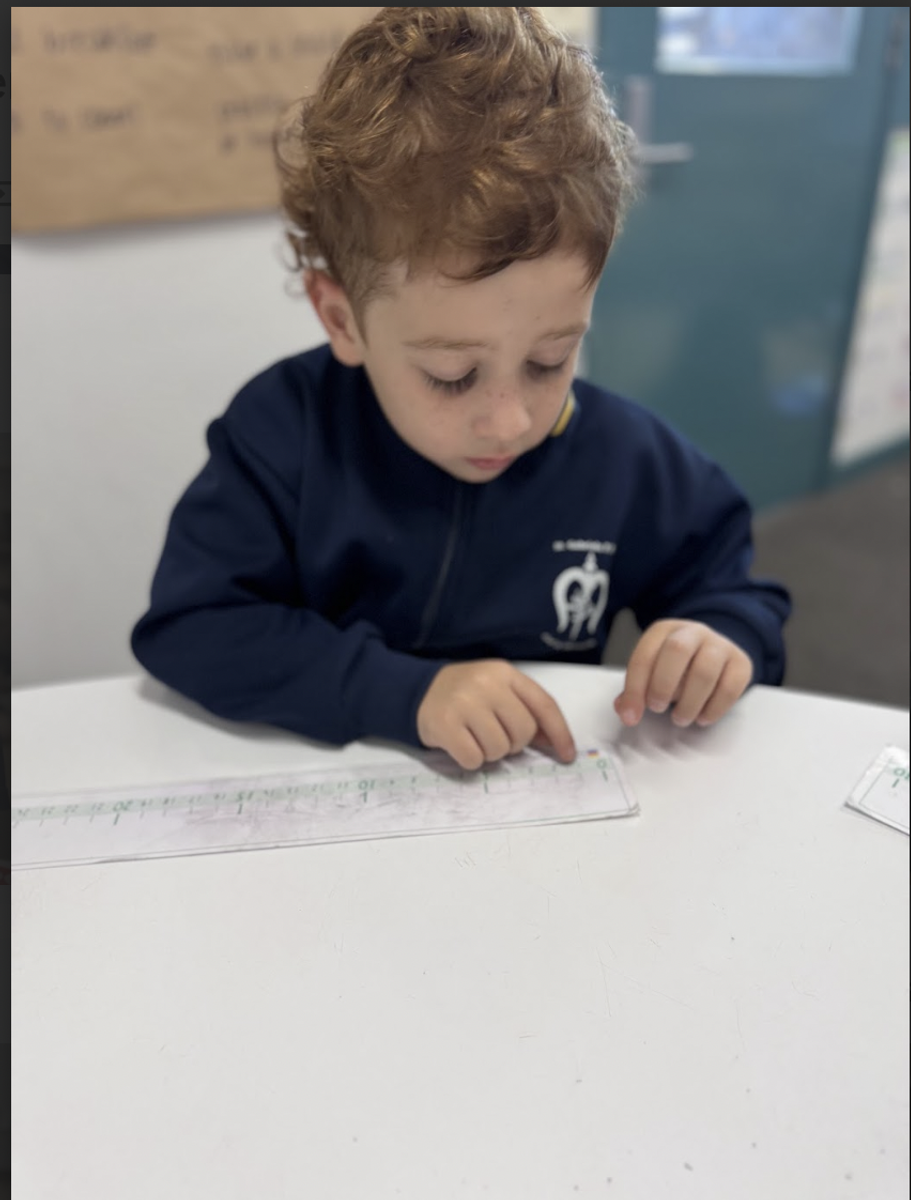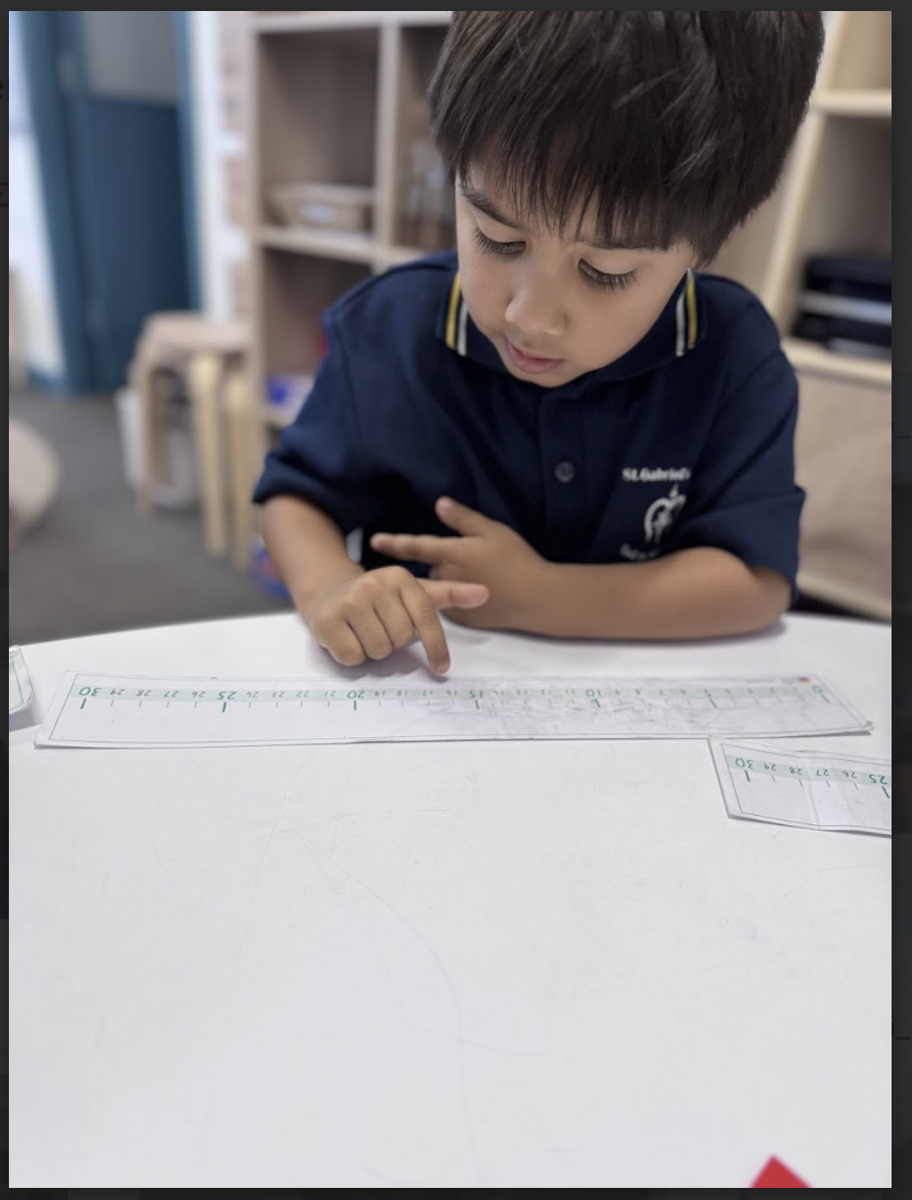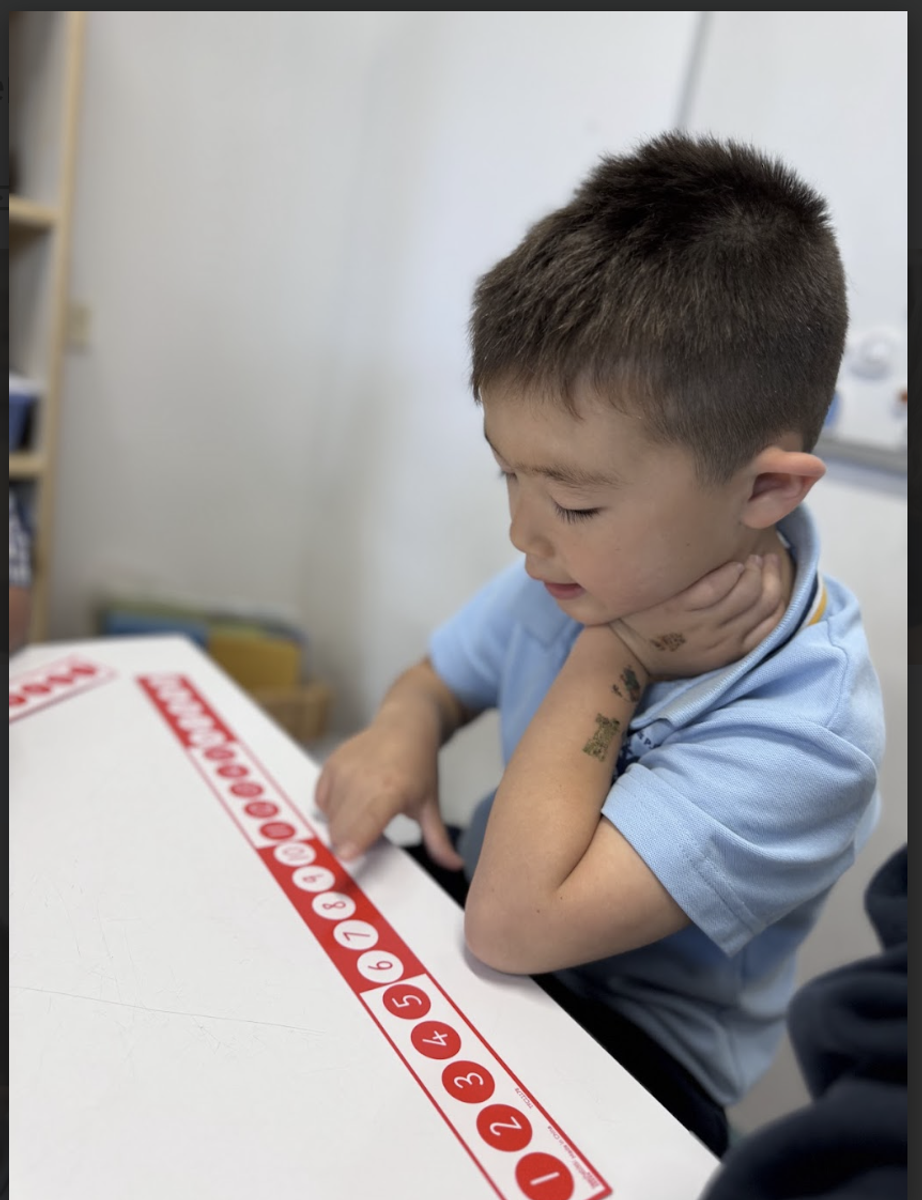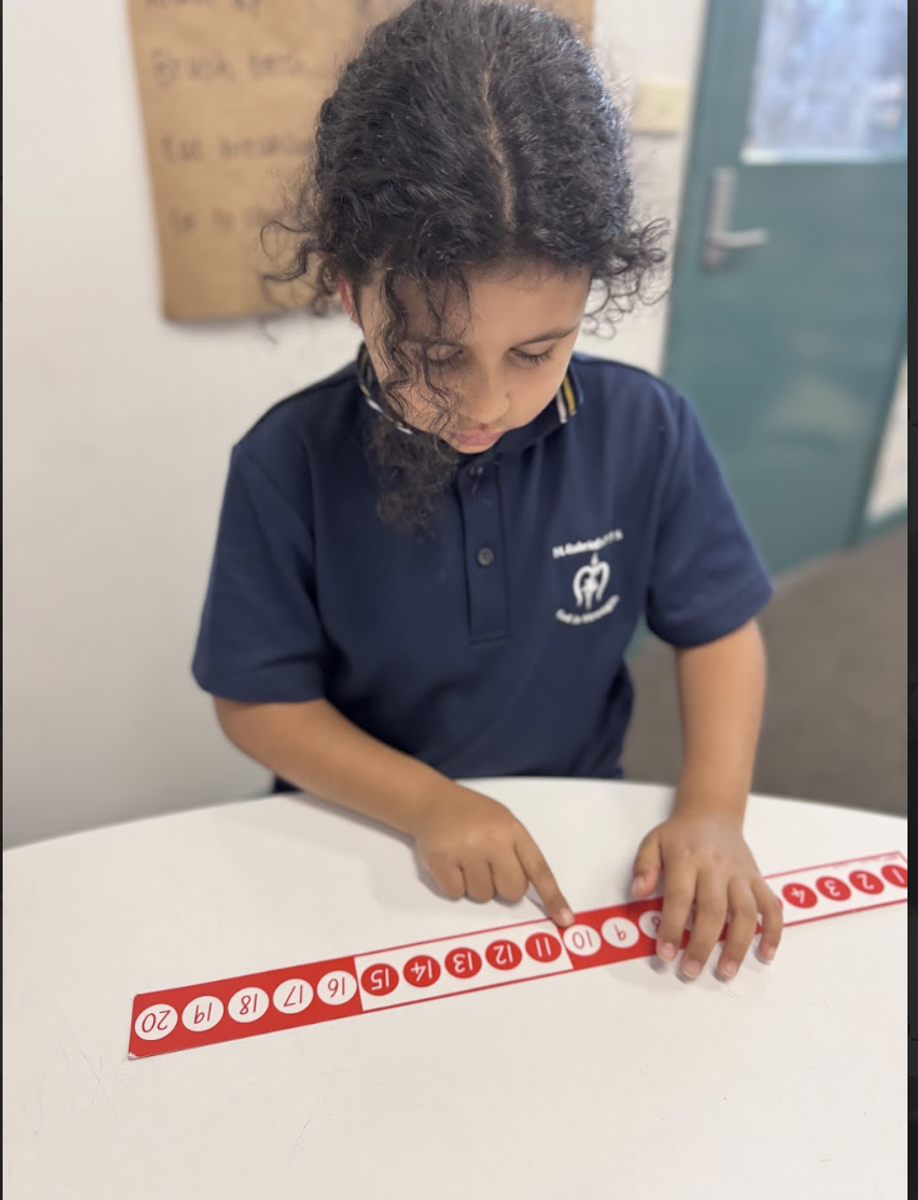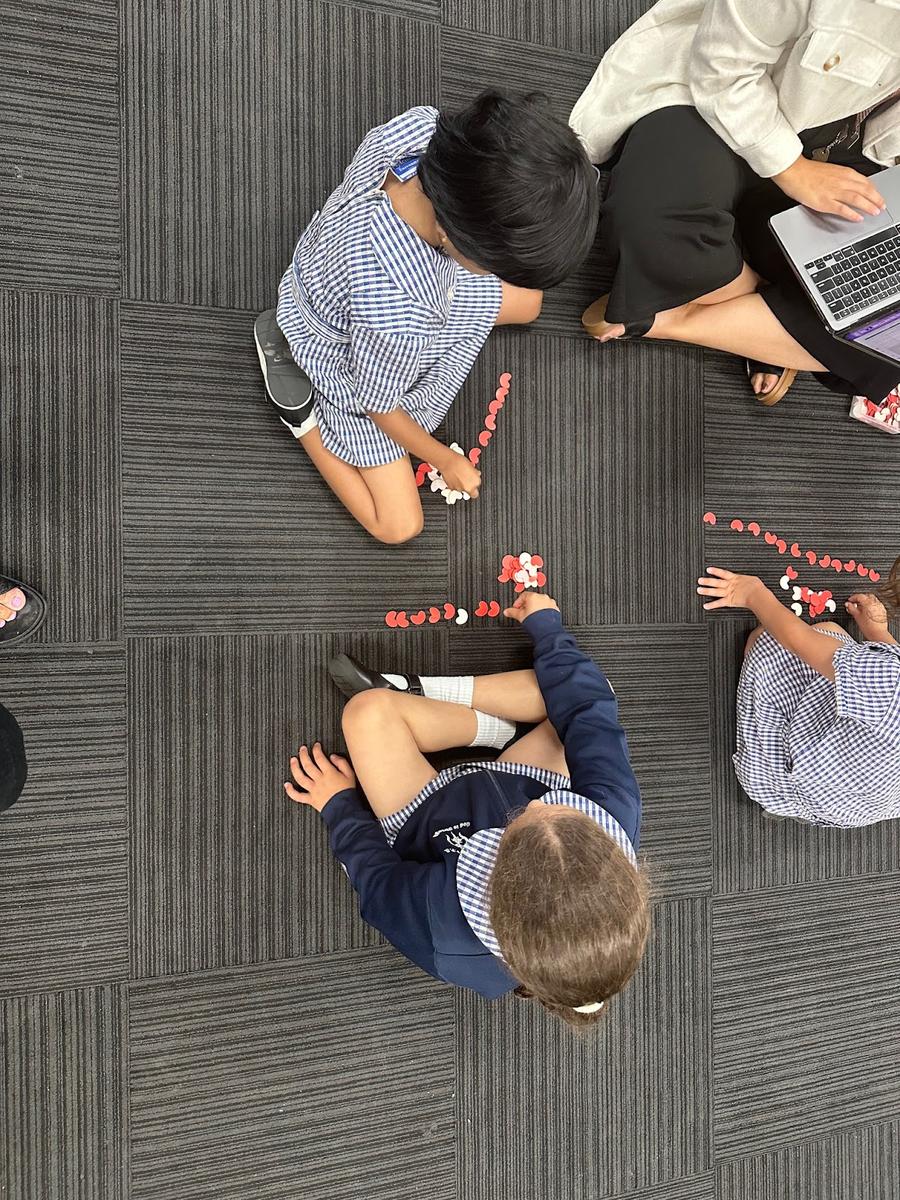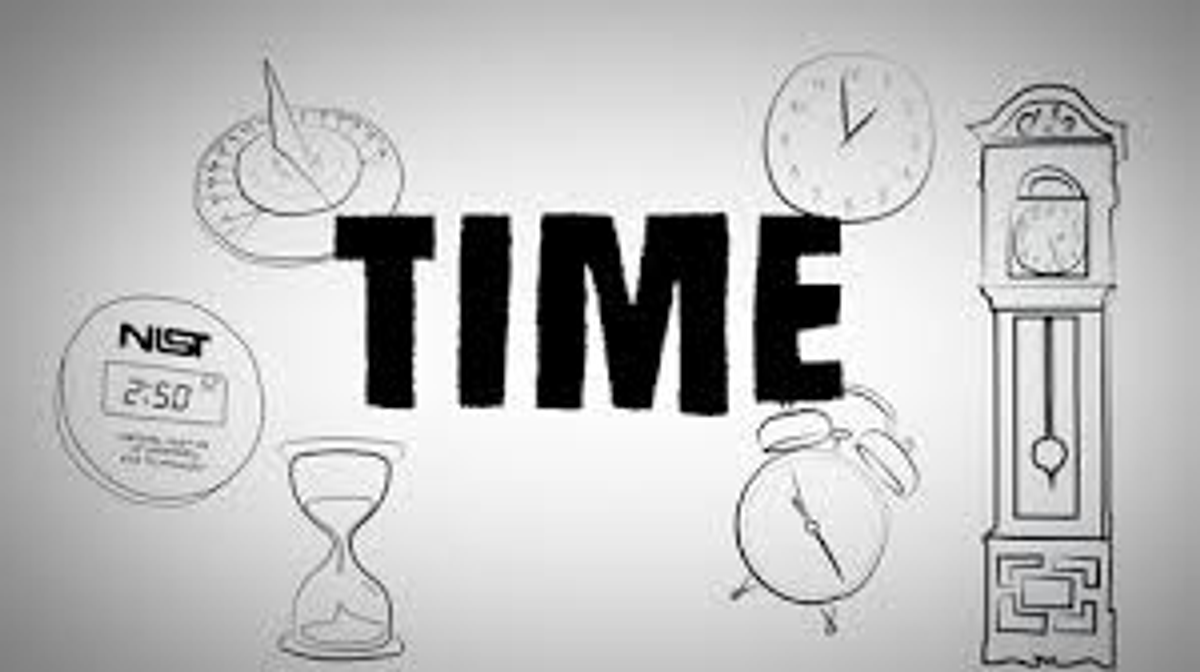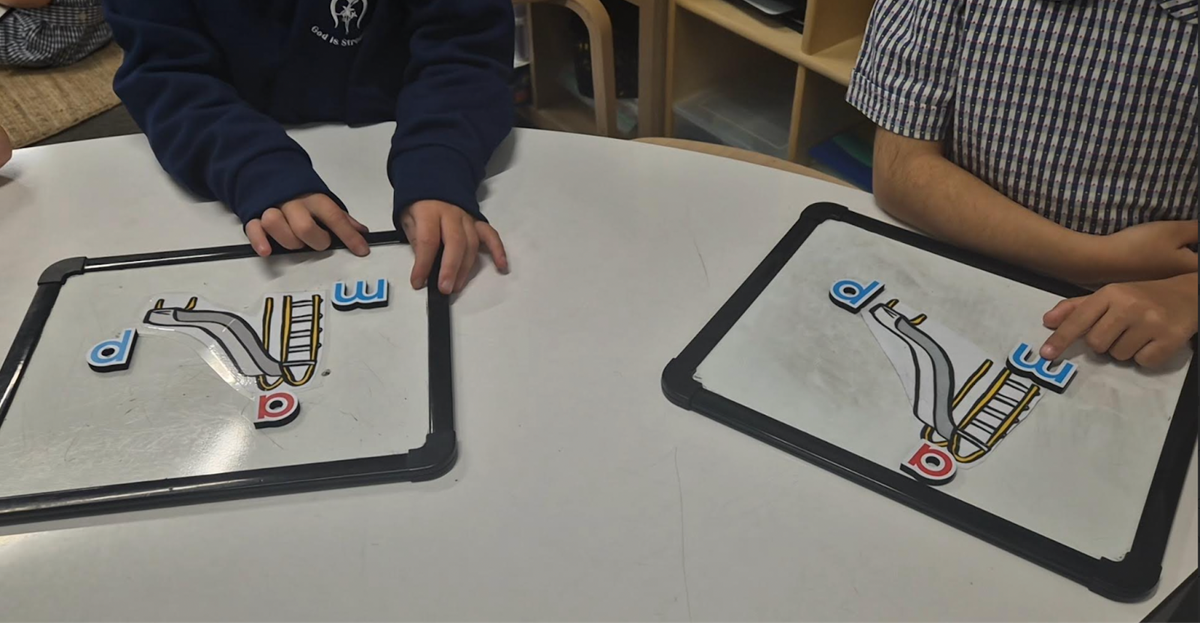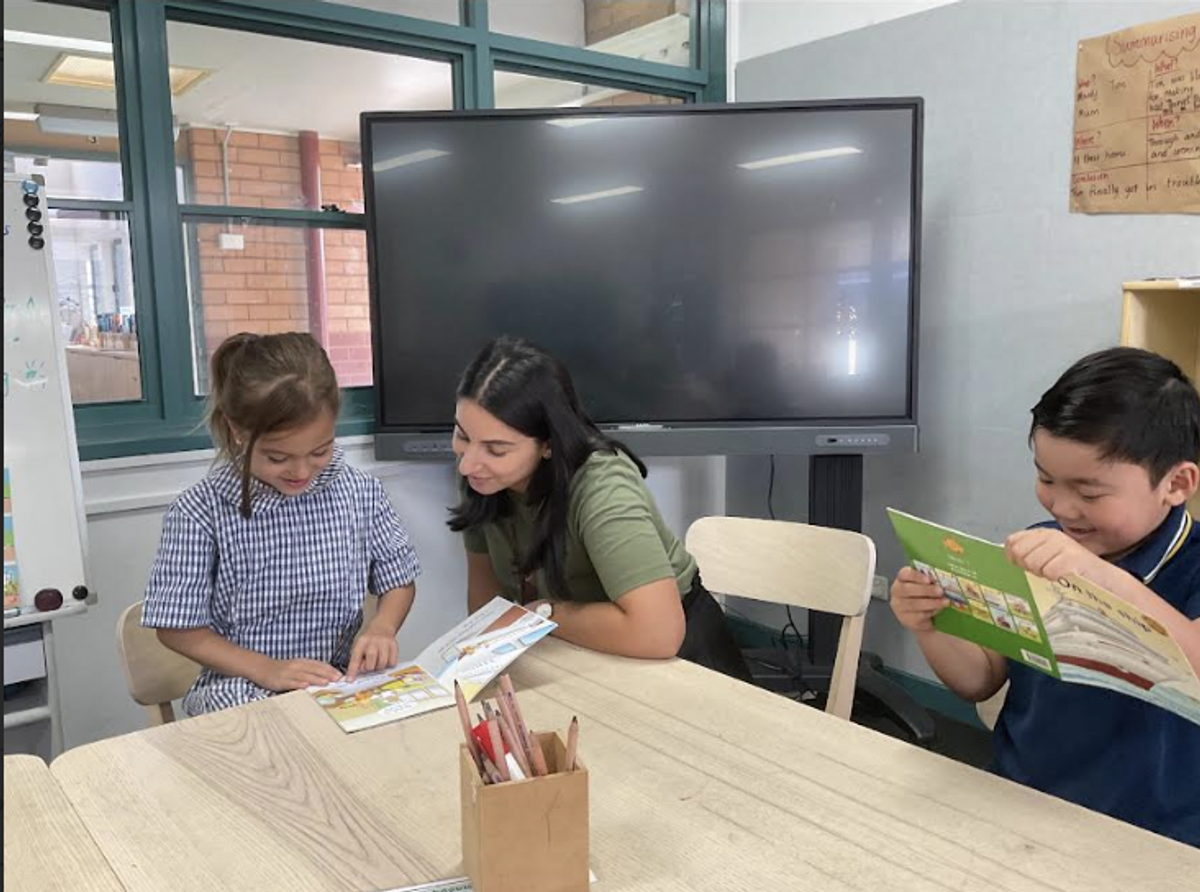Learning & Teaching
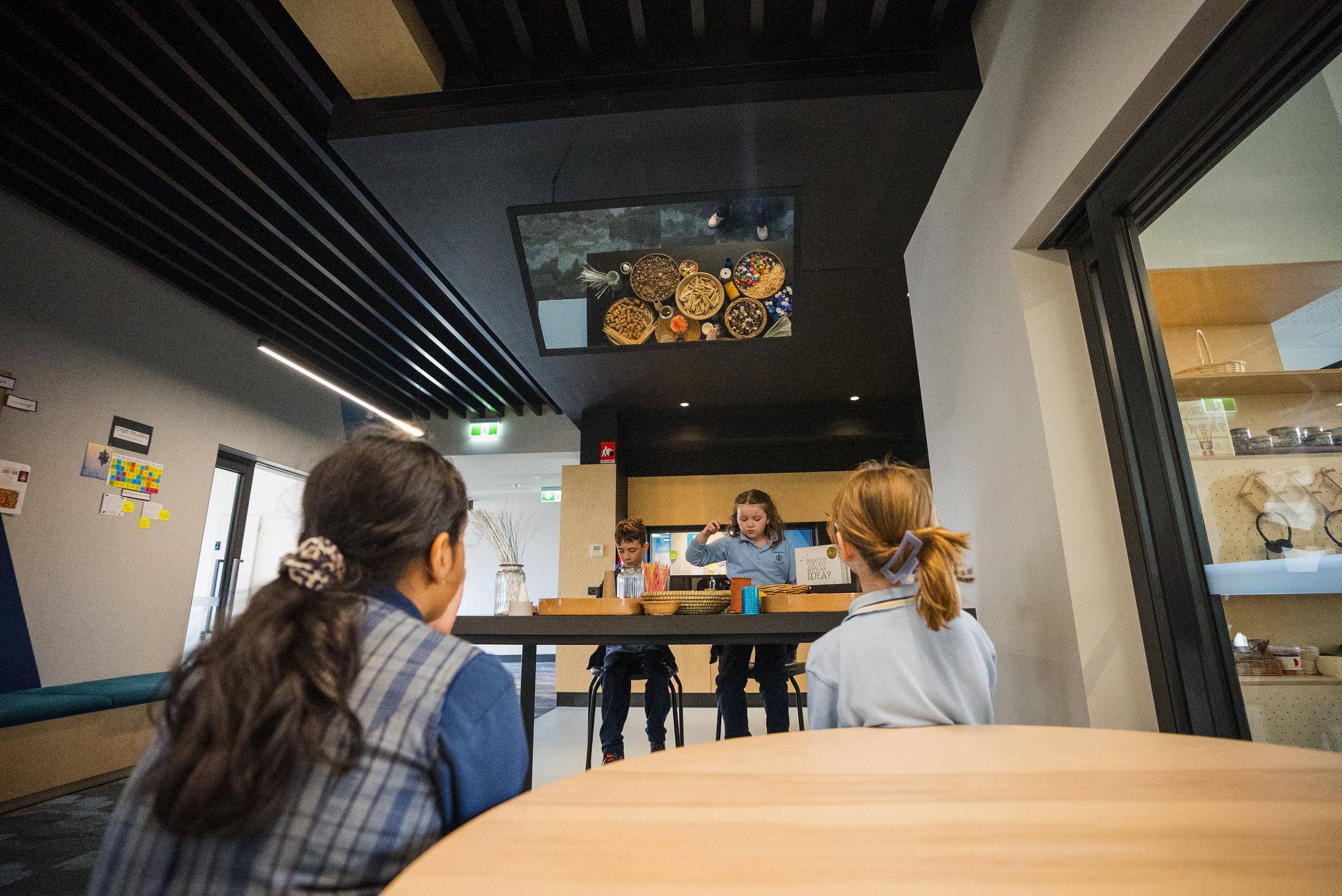
What’s happening in Maths …
The children in Prep - 2 are learning about Counting and Place Value.
They are learning to:
- Read, write, make, and order numbers, using a variety of materials and strategies.
- Count and compare collections of objects using concrete materials to reinforce their understanding.
- Practise the quick recall of numbers up to 5, such as identifying numbers in familiar sequences like on a die.
- Split and combine collections of objects, initially up to 10 and then beyond (e.g., recognising that 6 can be broken into 4 and 2 or 3 and 3).
- Represent numbers by breaking them into hundreds, tens, and ones to understand place value and the role of the zero digit.
What you can do at home…
- Count items like toys, buttons, coins, or pasta pieces.
- Encourage your child to group objects in tens to practice counting efficiently (e.g., “How many groups of 10 buttons are there?”).
- Number Line Games: Draw a number line and have your child jump or move a toy forward and backward as they count.
- Dice Games: Roll a die and count out that many objects, or use two dice to add the numbers and count.
- Group Objects into Tens and Ones: Use physical items like straws, sticks, or blocks to create groups of ten and show how numbers are made up of tens and ones (e.g., 24 = 2 tens and 4 ones).
- Make Numbers with Place Value Blocks: If you have base ten blocks or make your own with paper, help your child construct numbers using tens and ones.
- Play “What’s the Number?” Game: Write numbers on cards and ask your child to explain them in terms of tens and ones.
- Use blocks to represent tens and ones, building numbers in a fun and tactile way.
- Stack items into groups of ten to visualize the concept of place value.
What We’re Learning in Measurement:
The children in Years 3-6 are learning about Time.
The Year 3-4 children are learning to:
- Explore and use the relationship between formal units of time, including days, hours, minutes, and seconds.
- Estimate and compare the duration of events, such as predicting how long it would take to read a passage of text.
- Develop their understanding of analogue and digital clocks, focusing on the relationship between hours and minutes.
- Learn to read time to the nearest minute on analogue clocks by interpreting the markings and hand positions.
- Solve problems involving the duration of time, including scenarios using 'am' and 'pm'.
- Practice converting units of time, such as changing seconds to minutes, minutes to hours, and hours to days.
The children in Years 5-6 are learning to:
- Compare 12-hour and 24-hour time and solve problems involving conversions between the two.
- Learn to read time to the nearest minute on analogue clocks by interpreting the markings and hand positions.
- Measure, calculate, and compare elapsed time, solving problems about the duration of events and journeys.
- Interpret and use timetables and itineraries to plan activities and determine time-related information.
- Practice converting units of time, such as changing seconds to minutes, minutes to hours, and hours to days.
At Home:
- Use both analog and digital clocks to practice telling time.
- Ask questions like:
- “What time will it be in 15 minutes?”
- “How many minutes until the next hour?”
- Challenge your child to convert times between analog and digital formats.
- Work with your child to create a simple daily schedule, including time blocks for activities.
- Encourage them to calculate the duration of each activity (e.g., “How long is homework time from 4:30 PM to 5:15 PM?”).
- Plan trips or outings:
- “If we leave at 10:15 AM and the trip takes 45 minutes, what time will we arrive?”
- Talk about TV schedules or transport timetables and calculate start or end times for different programs or trips.
Literacy News
To kick off the term, our children will be channeling their inner authors! Our Prep to Year 2 children will be inspired by published authors to create their very own books, fostering a love for storytelling and imaginative expression.
In Years 3 to 6 will be diving back into their writer's notebooks, using them as a springboard for developing brilliant ideas. These ideas will then be transformed into various written pieces, encouraging children to explore different writing styles and genres.
Later in the term, we'll be exploring the captivating world of poetry. Children will learn to interpret different poems, understand their structure and meaning, and even try their hand at writing their own!
Our Prep to Year 2, will continue their reading journey by progressing through the next phonics sequence, building on new vocabulary and asking and answering questions about the text. All these important skills build a strong foundation for reading.
Our Years 3 to 6 will be re-engaging with Book Club, a fantastic opportunity to enhance their comprehension skills. Through thoughtful discussions and deep dives into their chosen books, they'll develop a greater appreciation for literature.
